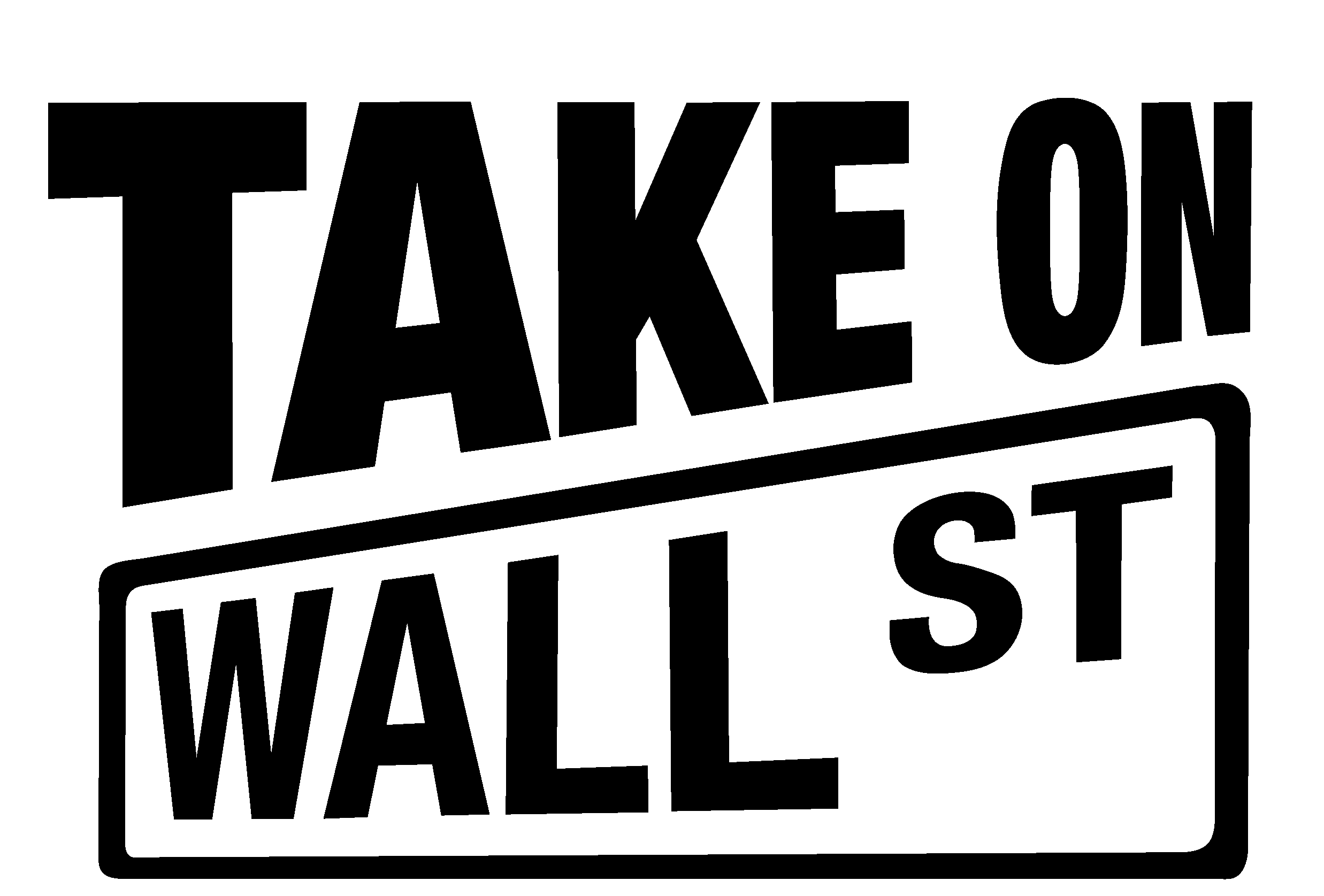
This post was guest authored by Brian Carss.
Many of the provisions of the Trump-signed 2017 tax law are set to expire in 2025. The approach of this moment has already reopened debate over how much corporations and the super rich pay in taxes.
In 2017, then President Donald Trump signed a tax law that was massively lucrative for corporate America, and in particular for the financial services industry, cutting the nominal corporate tax rate from 35 to 21 percent. According to new research from the Institute on Taxation and Economic Policy, it gave particularly huge breaks and benefits to Wall Street banks, who saw an estimated 75 percent earnings jump in 2018, mainly due to Trump’s tax law. A full rollback of this law, and additional measures, like a wealth tax, will be necessary but not sufficient to restore fairness and confidence in the tax code.
The scale of the tax breaks in the 2017 law boggles the mind. J.P. Morgan Chase reported $4.6 billion in stock option tax benefits from 2018 to 2022. With additional benefits such as Tax Credits or avoidance such as shifting profits overseas to countries with lower tax rates, many corporations pay almost nothing. From 2018-2022, Bank of America paid only 3.8 percent in annual effective taxes on $138.9 billion profit. Citigroup paid 4.3 percent on a $35.3 billion profit.
Corporations pay lower taxes through avoidance as well, often by taking advantage of statutes Congress passed or through congressional failure to close loopholes. A company may suffer losses in one year, carry those losses when doing taxes over the next four years, and pay nothing in taxes during those four years, even if it was massively profitable during those four years.
Some companies reduce their taxes by using a break for stock options that they typically pay to their executives. This provision allows companies to write off stock-option related expenses for tax purposes that go far beyond expenses they report to investors. The current law also allows companies to report this writeoff at different times to investors than the IRS, boosting profit numbers for investors but minimizing tax paid to the IRS.
When the wealthy and corporations don’t pay, the rest of us bear the burden. The Congressional Budget Office estimated that the 2017 law would cost $1.9 trillion over ten years. According to the CBO, workers who earned less than about $114,000 on average in 2016 saw “no change in earnings” from the corporate tax rate cut. Earners from the lowest to the 90th percentile saw no gains, and those from the 90th to 95th saw $1500. However, executives above them saw a gain of $50,000 in earnings.
America’s largest corporations, among them the biggest Wall Street banks, pay a ludicrously low amount in taxes. They are generating record profits and wealth inequality continues to increase to unprecedented levels. But Wall Street wants more. And they may get it. Donald Trump has told executives he would cut their taxes again, pushing more of the burden on workers. The Biden administration has pushed for rolling the law back, citing 55 firms for not paying any federal corporate income taxes in 2020. Industry interests are certain to push back on any attempt to fix the tax law, while public interest and good government groups will push back hard against any extension of the corporate tax cuts.
That said, a full rollback of the 2017 law may not be enough. It’s time to proactively fix the tax code so that corporations and their executives start paying their fair share. A bill like the recently introduced Corporate Tax Dodging Prevention Act would bump the tax rate back to 35 percent, close offshore loopholes, and eliminate tax breaks for corporations who ship jobs overseas. Eliminating altogether the tax break for income from investment, known as capital gains, versus income derived from work, would also start to reverse the tax code’s decades-long upward redistribution of wealth out of working people’s pockets. While making stock buybacks illegal again so that greedy executives can’t manipulate prices to enrich themselves would be the most effective policy, increasing the stock buybacks tax from the Inflation Reduction Act from 1% to 4 of 5% would raise revenue and further stigmatize buybacks. Charging a Wall Street sales tax on financial transactions would raise revenue and disincentivize risky high frequency trading. Finally, redeeming some of the funds the tax code redistributed upward over decades through a wealth tax on those with assets over $100 million would also make the tax system more fair.
There is nothing immutable about the current tax code, either: it used to be far more progressive, and can be again. Take the corporate income tax. During his 1952 State of the Union, President Eisenhower proposed keeping the corporate tax rate at 52 percent. From the nineties until the Trump tax law in 2017, the corporate tax rate rested at 35 percent, although the effective tax rate—what corporations actually paid after various loopholes—was already much lower.
After the 2017 changes, the effective average tax rate for large corporations fell even further: from 16 percent in 2014 to 9 percent in 2018, according to a Government Accountability Office report. The effective tax rate on America’s biggest banks is back up to 15 percent, according to a report from NYU Stern School of Business Professor Aswath Damodaran.
Progressive tax policies are popular with voters: a Bloomberg News/Morning Consult poll this spring found that a majority of Republicans, Democrats, and Independents favored taxing the rich. The coming tax debate next year is an opportunity to push for the tax code we actually need, and not just let the Trump provisions expire. Voters should act accordingly.

Leave a Reply